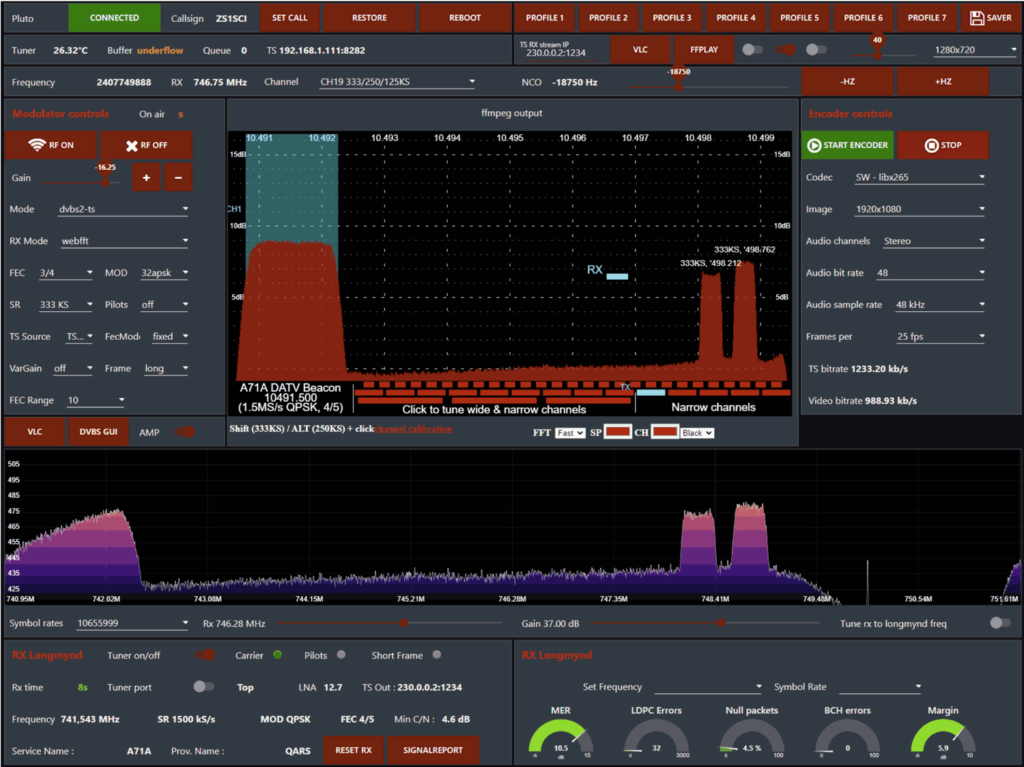Tech Minds: Reviewing the LibreSDR / ZynqSDR 70 MHz to 6 GHz PlutoSDR Clone
The LibreSDR is a relatively new software defined radio on the market. It is based on the AD9363 radio transceiver chip and an AMD XC7Z020 FPGA, and appears to be an upgraded/modified Chinese clone of the PlutoSDR. It can be found on marketplace sites like Banggood for US$319.99. (The Tech Minds YouTube description box also notes coupon code BG91c241, Exp:8/31, which brings it down to US$$259.99)
In his video, Matt from the Tech Minds YouTube channel introduces the LibreSDR / ZynqSDR, and explains how to set up the LibreSDR firmware, which is an unofficial port of the PlutoSDR firmware.
He then tested the SDR with SDR++ on Windows for receiving the air-band and found that it worked well, except that it only worked over USB, and did not work with the ethernet connection. Next, he tries SDR-Console V3, and finds that he is able to connect to the LibreSDR via ethernet with this software. Matt goes on to test his QO-100 setup, replacing his PlutoSDR with the LibreSDR, noting that the VCTXO in the LibreSDR works great to prevent any signal drift.
Finally, Matt tests transmission of DATV with the LibreSDR, but finds an issue with a center spike causing issues with decoding. He notes that the center spike does not occur with his PlutoSDR.


